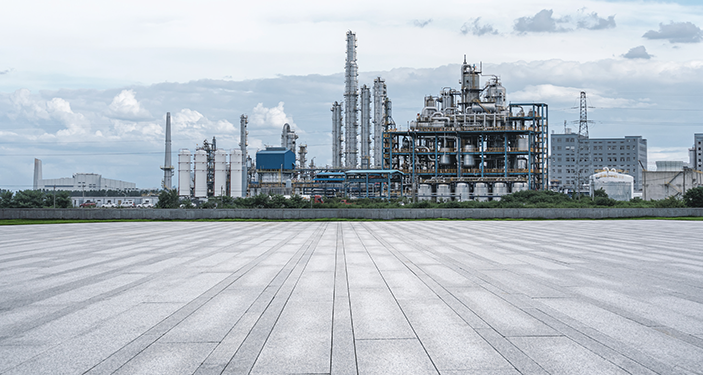
From crude oil to chemicals: How refineries can adapt to shifting demand
By By Tim Fitzgibbon, Theo Jan Simons, Gustaw Szarek, and Sari Varpa at McKinsey & Company
Features chemicals crude oil demand feedstocks McKinsey & Company petrochemicals refineries The world’s refiners must fundamentally rethink how refineries are designed and operated.
The world’s refiners must fundamentally rethink how refineries are designed and operated. Many analysts forecast that the world’s energy transition will soon result in a peak in the use of oil-based fuels followed by a decline. The transportation sector is at the forefront of this trend, with total global demand expected to peak in the next one to two years and then begin a gradual decline.
Gasoline will experience the greatest impact because it is primarily used for light-duty passenger vehicles, and the market for these vehicles is shifting toward electric. In addition, these vehicles are subject to efficiency improvements and changing consumer mobility habits.
In contrast, demand for petrochemical feedstocks will continue to grow. The major oil-derived petrochemical feedstocks are ethane, liquid petroleum gas (LPG), and naphtha. These are primarily used in the production of polymers for plastics, synthetic fibres, and other petrochemical intermediates. Demand for these products will continue to grow with rising global wealth.
These two developments pose a dual challenge for the world’s more than 600 refiners. Lower overall demand means less need for refining capacity. At the same time, the remaining refining capacity must evolve to match a shift in product mix to meet petrochemical demand. Refiners will need to find ways to make much less gasoline, marginally less diesel, and more jet fuel and petrochemical feedstocks.
Forward-looking refiners are already looking for opportunities to adjust or modify their production modes to capture growing demand for petrochemicals by, for example, increasing their output of naphtha, propylene, and reformate, the building blocks of other petrochemicals. (Refineries already produce some petrochemical feedstocks but typically at rates no higher than 10 percent of total output.)
Given how long it takes to make capital investments and build new plants, they should begin this review now. In this article, we consider the emerging options available to refineries in terms of technology and overall operations strategy.
Rethinking refinery operations
Globally, refiners have the capacity to process nearly 100 million barrels of crude oil per day. As global demand declines, refinery utilization is expected to drop in the key markets of Western Europe and Asia. By the middle of this decade, utilization in those markets could drop from the current rate of 85 percent to percentages in the low 70s. Refinery utilization in North America will be slightly stronger due to location advantages for export markets and crude supply. But all markets will see a significant contraction in profit margins because of the general decline in utilization.
Overall, the drop in utilization and profitability could result in capacity closures that will affect the least efficient plants and those less able to adapt to new demands. This scenario leaves most of the current plants operating but with growing pressure to adapt to new conditions, despite narrow margins and decreased cash flows to fund changes.
Many refiners are considering shifting away from refining crude into mostly fuels and are instead looking to refine crude into chemicals—though few have begun the transition in earnest. Part of the challenge is that there is a wide array of approaches, and they all require significant capital investment. We see three ways for players to increase the petrochemical yield of refinery operations: change individual process units, change the mix of process units, or build more direct crude-to-chemicals plants.
Print this page